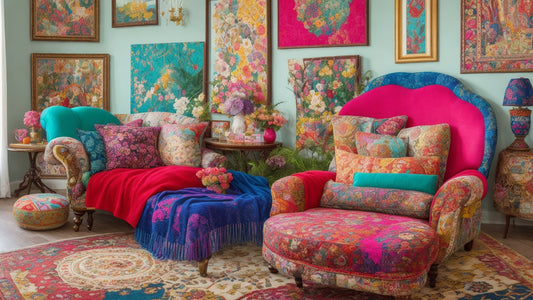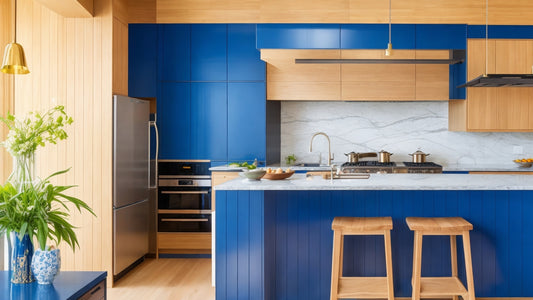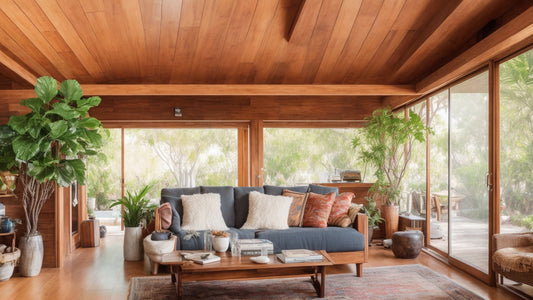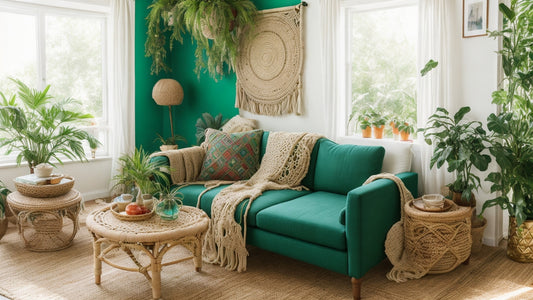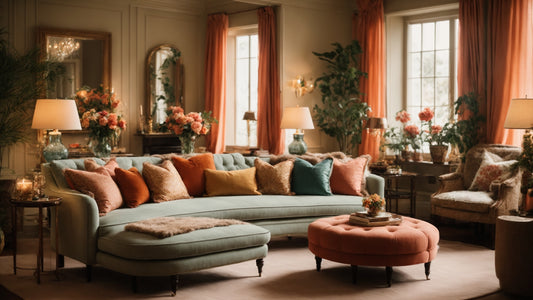The Best Method to Hang a Large Mirror
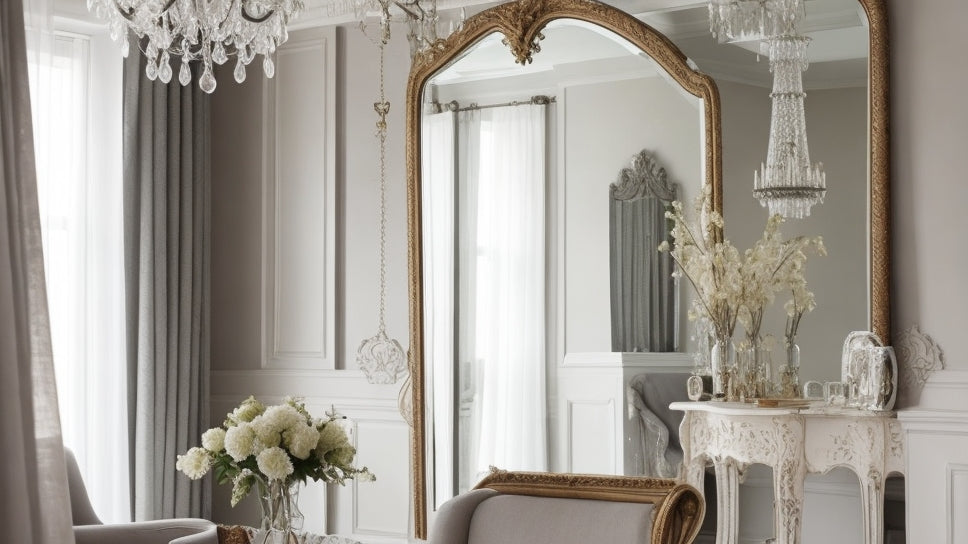
Share
Reflecting Perfection: A Guide to Hanging a Large Mirror Like a Pro
Mirrors, those shimmering portals to another dimension, have the power to transform a space. They add depth, bounce light, and create an illusion of grandeur, making them a coveted element in any interior design scheme. But when it comes to hanging a large mirror, the task can quickly shift from exciting to intimidating. Fear not, intrepid DIYers! This comprehensive guide will equip you with the knowledge and confidence to tackle this project with finesse, ensuring your prized possession hangs securely and reflects your impeccable taste.
Before You Begin: Essential Preparations
Before diving headfirst into hammer-wielding heroics, take a moment to plan your attack. Here's what you'll need to consider:
- Mirror Specs: The weight and size of your mirror are crucial factors. Mirrors over 25 pounds require extra support, while smaller ones might be suitable for simpler hanging methods.
- Wall Material: Different walls demand different approaches. Brick and concrete call for heavy-duty masonry anchors, while drywall might require molly bolts or specialized anchors.
- Hanging Hardware: Your chosen method will dictate the hardware you need. D-rings, picture hanging wire, French cleats, and mirror hanging kits are all popular options.
Tools of the Trade:
Once you've assessed the situation, gather your trusty tools:
- Tape measure and level: Accuracy is key!
- Pencil and marker: Mark those spots with precision.
- Stud finder: Locate those hidden wall supports for optimal anchoring.
- Drill and appropriate drill bits: Match the bit to the wall material and anchor type.
- Hammer: For gently coaxing anchors into place.
- Screwdriver: Secure those screws with confidence.
- Stepladder: Reach new heights without sacrificing stability.
Mirror, Mirror, on the Wall… Which Method Will Captivate All?
Now, the fun part: choosing your hanging method! Here are a few popular options, each with its own strengths and quirks:
- D-rings and wire: A classic and versatile choice, ideal for heavier mirrors. Secure D-rings to the back of the mirror, attach sturdy picture hanging wire, and hook it onto securely anchored screws or hooks.
- French cleats: These interlocking strips offer a sleek, no-show hardware solution. Mount one cleat to the wall and the other to the back of the mirror, ensuring a seamless, flush fit.
- Mirror hanging kits: These convenient kits often include pre-measured hardware and instructions tailored to specific mirror weights and wall types. Perfect for beginners seeking a foolproof approach.
- Heavy-duty adhesive: For lighter mirrors on smooth surfaces like tile or glass, specialized mirror adhesive can provide a strong, permanent bond. Just be sure to follow the manufacturer's instructions carefully.
Mounting Magic: Anchoring Your Masterpiece
The success of your mirror-hanging endeavor hinges on solid wall anchors. Here's a quick guide for different wall types:
- Drywall: Use molly bolts or toggle bolts for heavier mirrors. For lighter ones, consider heavy-duty drywall anchors.
- Brick or concrete: Masonry anchors are your best bet. Choose the appropriate type based on the screw size and weight of the mirror.
- Wood: Lag screws or heavy-duty drywall screws directly into studs offer exceptional support.
Level Up Your Look: Mirror Placement Perfection
Now that your mirror is securely anchored, it's time to find its perfect placement. Consider these tips:
- Focal point: Hang your mirror above a fireplace, sofa, or console table to create a central point of interest.
- Light and space: Mirrors reflect light, making small spaces feel larger. Position your mirror to bounce light from windows or lamps, brightening up the room.
- Symmetry and balance: Consider the overall composition of the space. Hanging your mirror opposite a window or another decorative element can create a sense of balance.
- Height and perspective: For full-length mirrors, ensure the top edge is slightly above eye level for comfortable viewing.
Bonus Tips for a Flawless Finish:
- Pre-drill the holes: This prevents the mirror from cracking when you screw in the anchors.
- Use bumpers: Protect your wall from scratches and add a touch of cushioning with felt or rubber bumpers on the back of the mirror.
- Double-check your work: Use a level to ensure your mirror hangs straight, and give it a gentle nudge to test its stability.
- Step back and admire: Take a moment to appreciate your handiwork! You've successfully transformed a blank wall into a captivating reflection of your style and skill.


